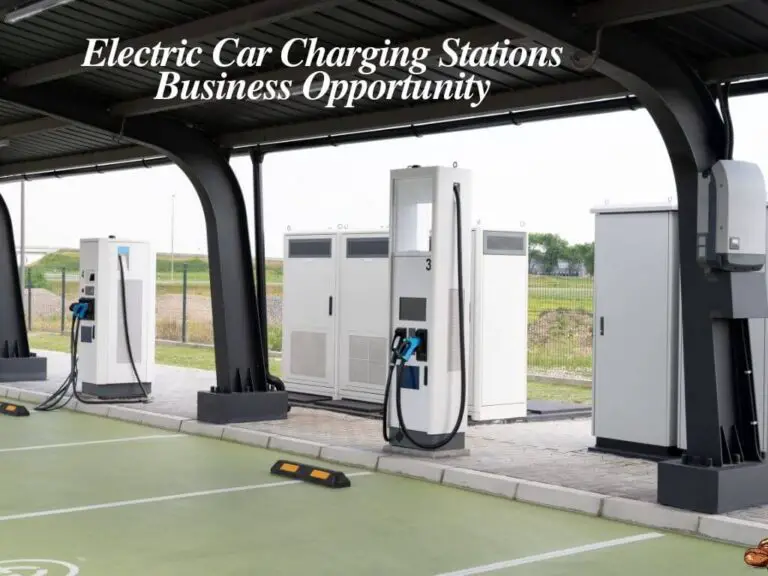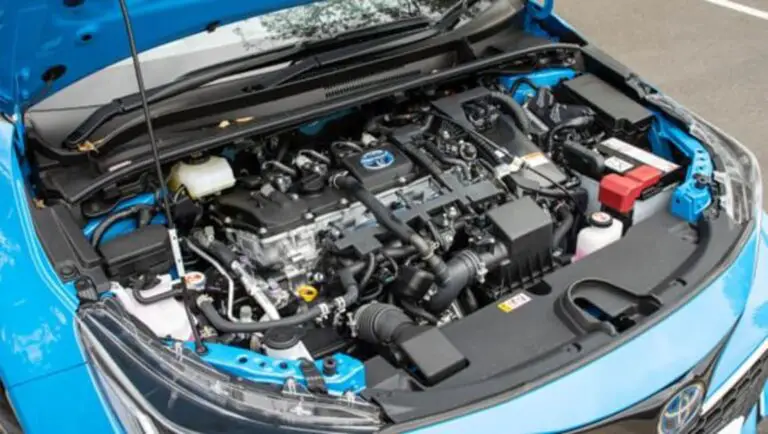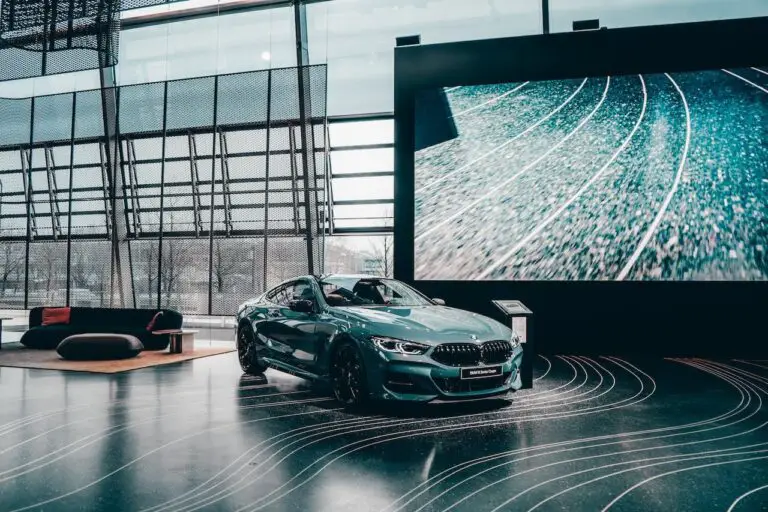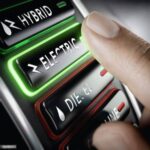Have you ever looked at an electric car and wondered why so many of them seem to miss the mark in terms of aesthetics? Despite the skyrocketing popularity of electric vehicles (EVs), many designs are often labeled as unconventional or even unattractive. With more drivers shifting towards eco-friendly options, it’s intriguing to explore why the designs of these innovative cars sometimes evoke such mixed feelings.
In this article, we’ll dive into the reasons behind the design choices of electric cars, examining factors like aerodynamics, consumer preferences, and brand identity. By unpacking the design dilemma, we hope to shed light on the beauty—or lack thereof—of electric vehicles, and perhaps even challenge some of the perceptions surrounding their aesthetics.
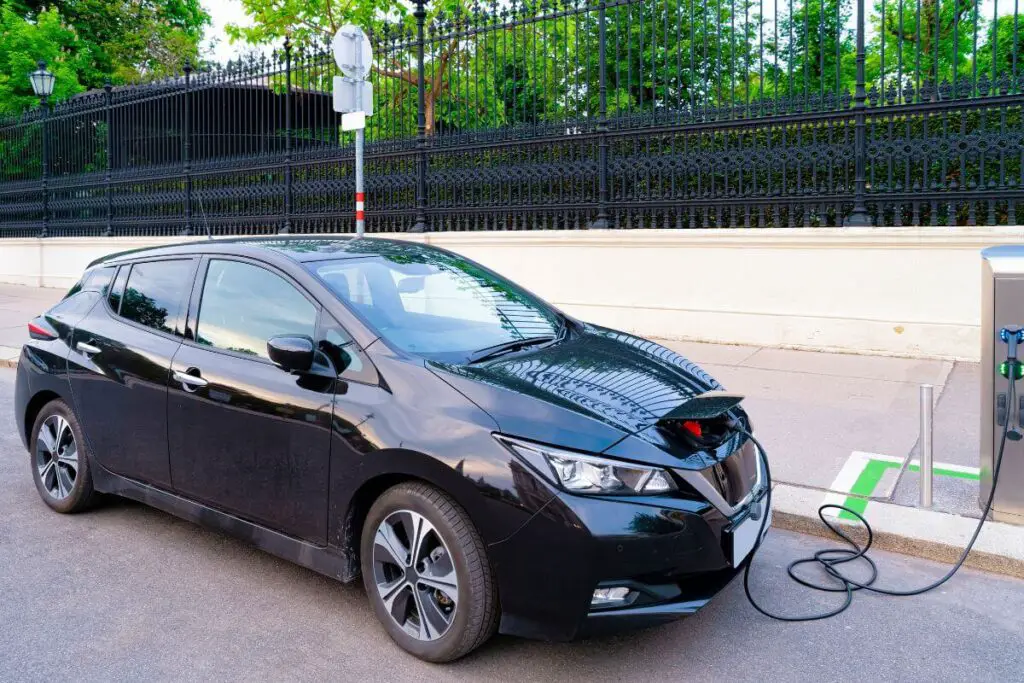
The Impact of Aerodynamics on Design
When it comes to electric cars, aerodynamics is a critical factor influencing their design. Engineers prioritize creating vehicles that slice through the air efficiently, reducing drag and maximizing range. This focus on performance often leads to sleek, elongated shapes that can sometimes be perceived as bland or overly simplistic.
Take the Tesla Model S, for example. Its smooth lines and minimalist design are a testament to aerodynamic efficiency, allowing it to travel further on a single charge. However, this prioritization of function over form can lead to criticisms regarding its aesthetics. Many car enthusiasts miss the bold and dynamic curves found in traditional gasoline-powered vehicles, which can contribute to a perception of electric cars as visually unexciting.
The trade-off between aerodynamic efficiency and visual appeal raises an important question: Should car manufacturers prioritize how a vehicle looks, or should they focus on maximizing performance and sustainability? As electric vehicles continue to evolve, finding a balance between these two aspects will be crucial in shaping their future designs.
The Shift in Design Philosophy
The world of automotive design has undergone significant changes over the years, especially with the rise of electric vehicles. Historically, car designs were often driven by aesthetic appeal, boasting aggressive lines and bold features. However, as the automotive landscape shifts toward sustainability, manufacturers are rethinking their design philosophies.
One of the most significant influences on current design choices is technology. As electric vehicles rely heavily on battery technology, manufacturers must consider the physical constraints imposed by battery size and placement. These factors can lead to unconventional shapes and configurations that prioritize functionality over the traditional beauty of car design.
Sustainability also plays a crucial role in shaping modern aesthetics. Many manufacturers aim to project an eco-friendly image, which can sometimes manifest in minimalistic and utilitarian designs. While these choices reflect a commitment to sustainability, they may not resonate with consumers who still crave the emotional connection and excitement traditionally associated with car design.
As manufacturers work to balance innovation with consumer expectations, it’s essential to recognize that the design language of electric cars may differ significantly from that of their gasoline-powered counterparts. This shift could ultimately redefine what we consider attractive in automotive design.
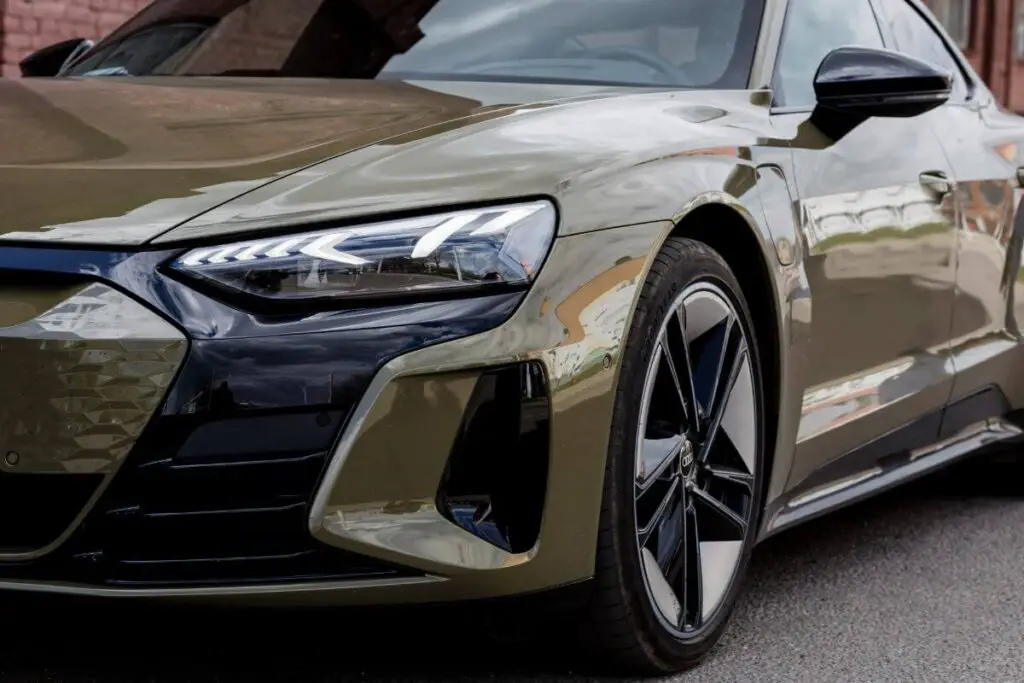
Consumer Preferences and Expectations
Consumer attitudes toward car aesthetics play a significant role in shaping electric vehicle designs. As more people make the transition to electric cars, their expectations and preferences evolve. While some consumers prioritize sustainability and advanced technology, others still hold traditional views on what makes a car visually appealing.
Many consumers find themselves at a crossroads, torn between the desire for stylish designs and the practical benefits of electric vehicles. For example, younger generations tend to appreciate innovative technology and eco-friendly features but may also be influenced by the aesthetic appeal of their vehicles. Conversely, more traditional buyers may expect electric cars to resemble their gasoline counterparts in terms of design, leading to a disconnect between consumer desires and actual offerings in the market.
This disconnect is further amplified by consumer feedback, which can greatly influence design decisions. Automakers often conduct surveys and focus groups to gauge consumer preferences, but the feedback can be varied and sometimes contradictory. While some consumers yearn for flashy designs and dynamic lines, others might prefer a more subdued, practical approach. As a result, manufacturers face the challenging task of catering to a diverse audience with differing opinions on aesthetics.
As electric vehicle offerings expand, it will be interesting to see how manufacturers navigate these consumer expectations. Will they stick to functional designs that prioritize efficiency, or will they take risks to create more visually captivating electric cars that resonate with a broader audience?
The Role of Brand Identity
In the competitive electric vehicle market, automakers are increasingly focused on establishing a strong brand identity through their designs. As consumers become more discerning, the aesthetic choices of EVs play a crucial role in how brands are perceived. Companies that effectively communicate their values through their designs can differentiate themselves in a crowded marketplace.
Some automakers embrace unconventional aesthetics as a way to stand out. For instance, brands like Tesla and Rivian have cultivated unique looks that reflect their commitment to innovation and sustainability. Tesla’s minimalist interior and sleek exterior designs set it apart from traditional vehicles, while Rivian’s rugged, adventure-ready aesthetics appeal to outdoor enthusiasts. These brands have successfully combined style with electric functionality, challenging the notion that electric cars must be unattractive or uninspired.
However, the push for sustainability can sometimes clash with traditional notions of beauty. Some consumers perceive the eco-friendly design choices—such as using recycled materials or adopting a minimalist approach—as lacking flair or personality. This tension between style and sustainability can lead to mixed reactions from consumers, as they grapple with the visual identity of electric vehicles.
As electric car manufacturers continue to refine their designs, the role of brand identity will be paramount. The ability to create a cohesive aesthetic that aligns with consumer values and expectations will be vital for success in the evolving automotive landscape.

Future Trends in EV Design
As the electric vehicle market matures, it’s essential to consider how designs may evolve in the coming years. With rapid advancements in technology and changing consumer preferences, the future of electric car design holds exciting possibilities. We are likely to see a shift towards more diverse and appealing designs that not only focus on functionality but also prioritize aesthetics.
One significant trend on the horizon is the increased use of customizable features. Many consumers today desire personalization, and automakers are starting to embrace this by offering a variety of color choices, materials, and even modular designs. This trend allows buyers to express their individuality while also considering practicality. As technology continues to improve, manufacturers will have more tools at their disposal to create visually striking vehicles that cater to diverse tastes.
Additionally, the development of new materials will play a crucial role in shaping the future of electric car design. Innovations such as lightweight composites and sustainable materials can help reduce weight while enhancing visual appeal. This will enable designers to experiment with shapes and styles that challenge traditional automotive aesthetics, creating cars that are not only efficient but also visually captivating.
Moreover, as autonomous driving technology becomes more mainstream, we may see a shift in design priorities. With the possibility of self-driving cars, interior space can be reimagined. Future designs may focus less on traditional driving elements and more on creating comfortable, multifunctional spaces that prioritize passenger experience. This evolution in vehicle design could redefine what we consider attractive in electric cars.
As we look ahead, the electric vehicle landscape is poised for transformation. The convergence of technology, sustainability, and consumer preferences will likely lead to exciting new designs that challenge the perception of electric cars as “ugly.”
Conclusion
In exploring the question of “Why are electric cars so ugly?”, we’ve uncovered a complex interplay of factors influencing their design. From the crucial role of aerodynamics to the shifting philosophies driven by technology and sustainability, it’s clear that the aesthetics of electric vehicles are often a reflection of their functional priorities. Consumer preferences also play a significant role, revealing a disconnect between what some buyers want and what is currently produced.
As brands work to establish their identities and embrace innovative designs, the future of electric car aesthetics appears promising. We anticipate that as technology advances and consumer tastes evolve, electric vehicles will increasingly challenge the notion of being unattractive. The blend of functionality, sustainability, and eye-catching design will ultimately redefine what we perceive as beautiful in automotive design.
So, as you consider the aesthetics of electric cars, we encourage you to look beyond their appearances. Think about the functional innovations that drive their designs and the exciting future that lies ahead for electric vehicles.
We invite you to share your opinions on electric car aesthetics. What do you love or hate about current designs? Your insights could spark a lively discussion!
Frequently Asked Questions Of Why Are Electric Cars So Ugly
Why Are Electric Cars So Hideous?
Electric cars may be deemed ugly due to their traditional and similar designs, as well as the need to place batteries in the legroom, resulting in taller rooflines. However, opinions on aesthetics vary among individuals.
Why Do So Many People Hate Electric Cars?
Many people dislike electric cars due to range anxiety, limited charging stations, long charge times, and higher vehicle costs.
Why Do People Not Want An Ev?
People may not want an EV due to range anxiety, limited charging stations, higher upfront costs, lower-income concerns, unfamiliarity with EVs, and the perception that they are less attractive compared to traditional cars.

